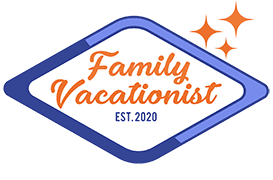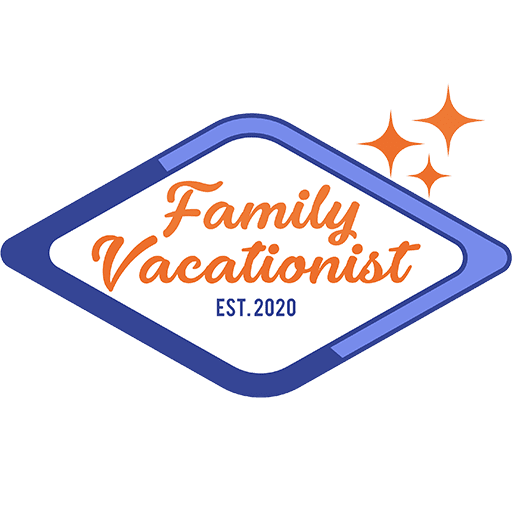Imagine you’re thinking about a family vacation to Las Vegas. You log onto one of the hotel booking sites to compare your options. You enter a date, for instance January 19 to 22, and select one room for two adults and two children 17 or under. The search page returns hundreds of choices. A rate of $36 a night for a guest room with two queen beds at the MGM Grand looks like a really great deal, so you click on it.
But when you dig into the “Price details,” the breakdown shows $108—that’s three times $36—for the rate. Then you see another $287 in unspecified “fees” plus a mandatory resort fee of $44 per night. So the total you have to pay is not the highlighted $36 a night, it’s $176 per night—almost five times the featured rate. Welcome to the world of hotel fee scams.
COMPLETE GUIDE: Hotels vs. Vacation Rentals: Which Is Better for Families?
Resort Fees: What to Know
What started in a few key family vacation spots as “resort fees” has now spread around much of the country. Hotels post phony low-ball featured rates, then add mandatory fees that often exceed the advertised base rate. In cities, where “resort” fees wouldn’t pass even a basic reality check, hotels call them “facility” fees or something similar instead.
MAKE MEMORIES: 27 Family Vacation Ideas for a Trip They’ll Never Forget
When you get to the fine print, you see that each hotel posts a laundry list of features and services that the hotel resort fee or facility fee is supposed to cover. But if the fee is mandatory, what the hotel claims it covers is irrelevant. For family travelers, access to swimming pools is often listed, as is wireless internet access, fitness center access, pool access, daily newspaper, self parking, bottled waters, or shuttle service, and a bunch of other stuff.
Essentially, the practice is a scam—posting a phony price that’s then inflated by reality. Yes, the room rate is corrected before you actually buy and stay, but the damage is done when you get a deceptive rate in that first screen you use to select options.
Why do even honest hotel operators employ this scam? It’s sort of a modified Gresham’s rule: “Bad price advertising drives out good price advertising.” It’s been going on since at least the 1980s, starting with tour operators that posted low-ball rates plus phony “tax and service” add-ons. More recently it came to airlines and flight booking sites with “fuel surcharges.” I remember talking with a tour operator who said that he knew the practice was deceptive, but claimed he had to adopt it to remain competitive.
WHERE TO VISIT: 10 Best Places to Go with Kids This Year
Airlines quit doing it only because the United States Department of Transportation (DOT) imposed a full-fare advertising requirement. It’s pretty clear that industry players will not eliminate deceptive price advertising on their own initiative. Even the few that would prefer honest advertising can’t hold out because they’ll lose business. Once one big sleaze operator does it, everyone else does, too.
How to See the Real Price Up Front
Until recently, I’ve publicly speculated as to why the independent online travel agencies (OTAs) such as Expedia and Booking.com, along with metasearch sites like Agoda, haven’t stepped up and filled the gap with honest hotel price displays for consumers. So it’s been a happy surprise to see that several of them are suddenly starting to do it.
KID-FRIENDLY TRIPS: 15 Family Resorts in the U.S. That Cater to Kids
Although Expedia still features the low-ball price, it does show—in fine print—the all-up cost including taxes and fees on the first search page. Even better, Kayak lets you select to search all-up prices from the first screen. But the roll-out is slow and many industry-leading booking sites still post only the phony rates.
For now, if you’re looking for a hotel room for a trip, your best bet is obviously to forget the other OTAs and metasearch systems and head right for Kayak. That way, you can compare rates based on what you really have to pay, ensuring no frustrating online booking experiences, or worse yet, unpleasant lobby check-in desk surprises.
More from FamilyVacationist:
- 19 Best Vacation Rental Booking Sites
- Family Car Rentals: How Not to Overpay When Renting a Car
- 4 Best Hawaii All-Inclusive Resorts for Families
This article about resort fee scams was originally published in December 2020. It has been updated to reflect the most current information available.













